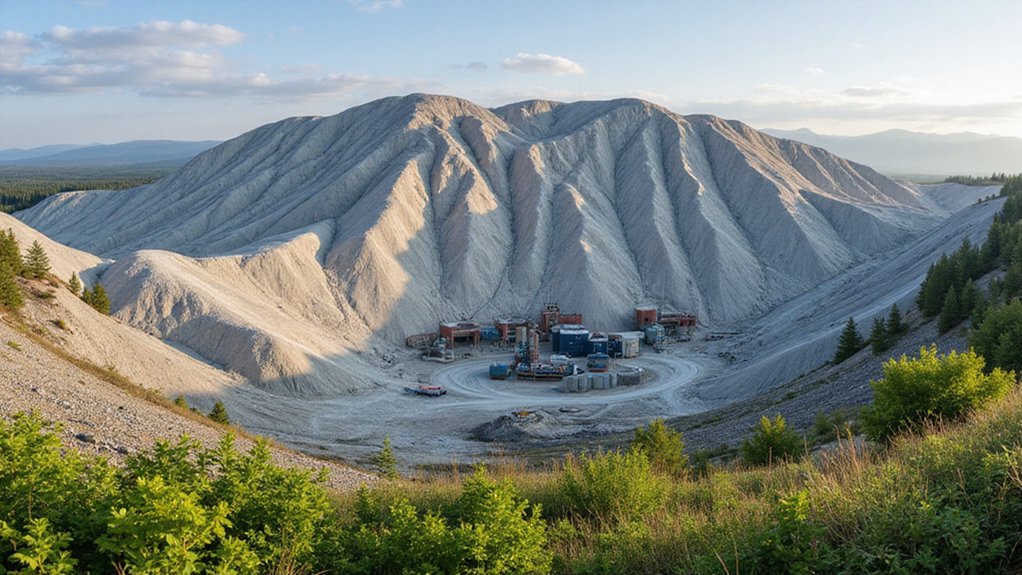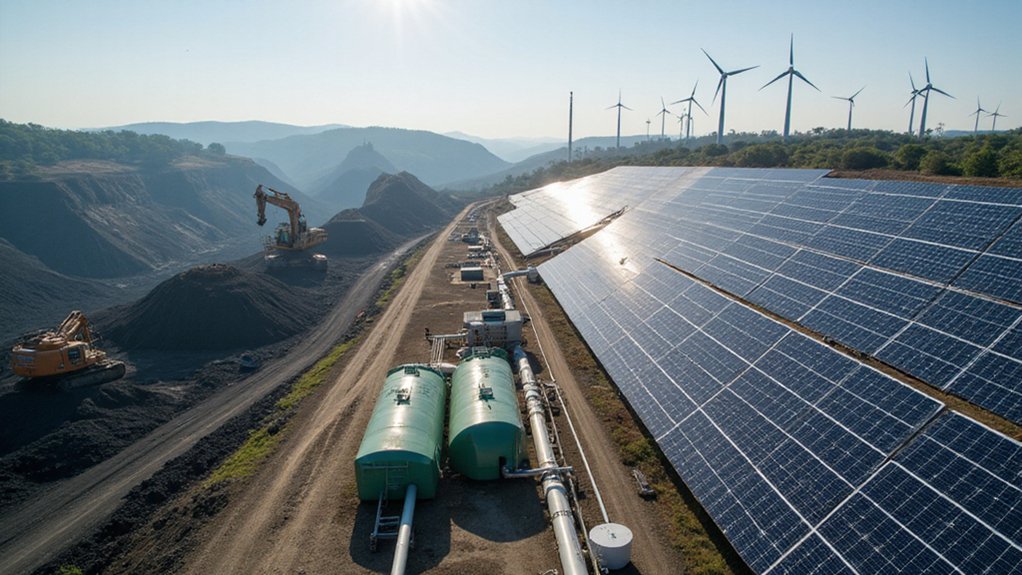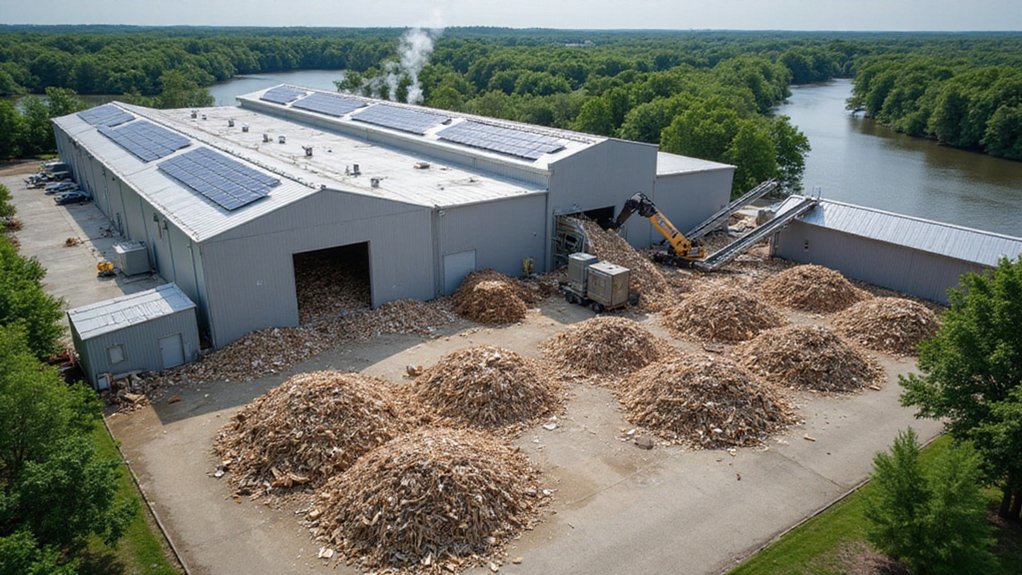Thousands of tons of toxic waste loom over former mining communities in Quebec, a grim reminder of Canada’s once-thriving asbestos industry. These massive piles, leftovers from mines that once made Canada a world leader in asbestos production, now pose both challenges and surprising opportunities.
Canada’s asbestos story began in the 1870s, with Quebec becoming the industry’s heart. The Jeffrey Mine in the town formerly known as Asbestos grew to become the world’s largest open-pit asbestos mine, spanning 2 kilometers in diameter and reaching 350 meters deep. By the 1950s, Canada produced over 900,000 metric tons annually.
The colossal Jeffrey Mine, spanning 2 kilometers wide, symbolized Canada’s dominance in asbestos production during its industrial heyday.
The industry shaped entire communities. The Jeffrey Mine employed over 2,000 people in a town of just 7,000 residents. In 1949, about 5,000 workers joined the Asbestos Strike, a violent labor dispute that helped spark Quebec’s Quiet Transformation, a period of major social change. Similar to how poorly planned infrastructure contributes to deforestation globally, asbestos mining created lasting environmental wounds across the landscape.
But asbestos had a dark side. The mineral is a known carcinogen, causing mesothelioma, asbestosis, and lung cancer. Mining created massive waste sites with dangerous airborne fibers. These health risks, along with declining global demand, led to the industry’s downfall. Canada’s last asbestos mines shut down in 2011.
The closure left communities facing tough economic challenges and toxic environmental legacies. The presence of asbestos mine tailings continues to pose environmental health risks when disturbed by construction or natural elements. In a symbolic fresh start, the town of Asbestos changed its name to Val-des-Sources in 2020, hoping to distance itself from its harmful past.
Today, these communities are working to reinvent themselves. Local leaders are exploring new industries while addressing the remaining environmental issues. Alliance Magnesium now extracts valuable metals from the asbestos mining tailings as part of the economic diversification efforts. Ongoing remediation efforts aim to contain and treat contaminated sites.
The waste mountains stand as visible reminders of an industry that once drove Canada’s economy but came with devastating health costs. As former mining towns evolve to new identities, they’re writing a new chapter – one that acknowledges the past while building a healthier, more diverse future for residents who once depended on the deadly mineral for their livelihoods.
References
- https://www.miningwatch.ca/sites/default/files/asbestos_mining_in_canada_0.pdf
- https://pmc.ncbi.nlm.nih.gov/articles/PMC4500727/
- https://www.asbestos.com/news/2016/11/07/asbestos-mining-town-canada-new-identity/
- https://www.thecanadianencyclopedia.ca/en/article/asbestos-que
- https://www.thecanadianencyclopedia.ca/en/article/asbestos-mineral









